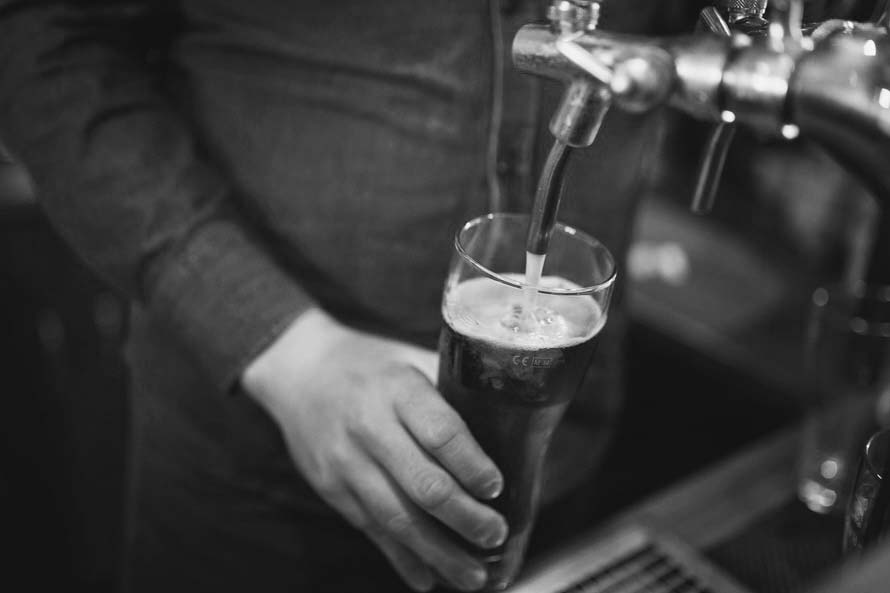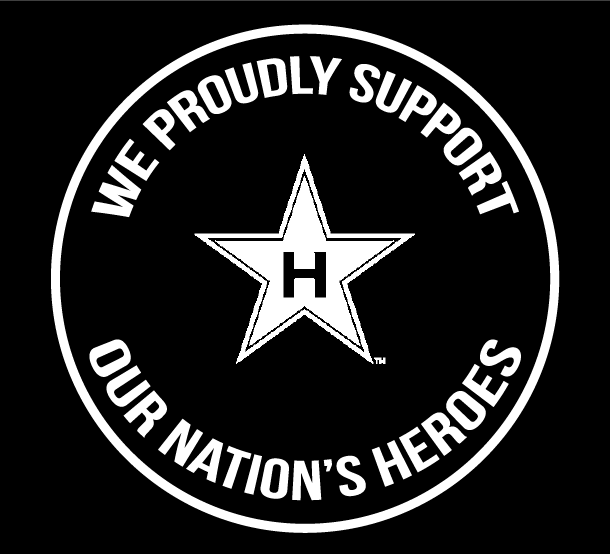
Man and beer go back thousands of years. Researchers know this because they discovered a 5,000 year old tablet with a recipe for beer inscribed on it. Brewing has become a bit more scientific since ancient times, which really just means it’s tastier. Commercial brewers can now boil hundreds of gallons of wort at once, while shipping thousands of cases in a single day. Beer right now is better than it has ever been. On top of countless macro and micro breweries, there are over one million Americans brewing beer in there own home. With how far beer has come, some might say it’s one of mankind’s best achievements. Here’s an inside look at how they make the greatest drink on Earth.
What Am I Drinking?
The basic ingredients to beer are:
- Malted Barley (grains)
- Yeast
- Hops
- Water
Pretty much the essentials to a healthy diet. They all play a role in creating beer and alcohol, and require each other to work. The malted barley contains sugar. The yeast feeds on that sugar, and as a byproduct creates CO2 and alcohol. Hops give beer its bitterness, over all flavor, and aroma. Simple as that! Here’s how brewers make that process happen.
Brewing Process
Making beer comes down to four main steps—mashing, boiling fermentation, bottling.
Mashing
Mashing is when brewers steep their grain in hot, but not boiling water. The heat activates enzymes in the barley, which break down its starches into sugar. The temperature over the next hour determines several aspects of the the end product. Higher temperature produces a sweeter flavor, while low results in a dryer beer.
Boiling
After an hour or so of mashing, brewers separate the liquid from the grain. The liquid mixture leftover is called wort. The wort is then brought to a boil. Here is where brewers get to have fun and be creative with their beer. Over the next hour, hops and other spices are added to the mixture. Hops are a cone shaped fruit that grow on vines. Yes, beer kind of contains fruit. Adding hops early during the boil creates a bitter taste, like your standard pale ales and IPA’s. Hops added toward the end effect the flavor and aroma.
Fermentation
After the wort has been properly hopped, the mixture is immediately cooled, or at least cooled as fast as possible. They move the wort to a fresh steel container. At this point, there is no beer. It’s like dough, all it needs is one last push to become bread…or in this case, beer. Yeast is mixed in, and the brewing process starts to come to an end. As soon as the yeast touches the wort, it starts eating sugar. Over the next week or two, sometimes longer, yeast feasts and as a result, CO2 and alcohol are released. When the buffet is over, brewers remove the remaining starches at the bottom. The leftover liquid soon becomes the frothy beverage everyone loves to drink on game day.
Bottling & Aging
Almost done. This is the point in which brewers carbonate their beer and bottle it for consumption. Now that the precious beverage is bottled, brewers must wait another week or two for final fermentation. Then, after months of waiting, the beer is ready. Next time you open a cold one, just remember you’re sharing in a 5,000 year old past time.
Do you have the itch to try it yourself? Brewing beer is easier than you think. Check out some DIY videos here, here, and here.
Side Note
Now that you are a beer connoisseur, if you decide to scratch that itch and brew some yourself. Make sure to try our All-Purpose Cleaner to clean up your mess.

